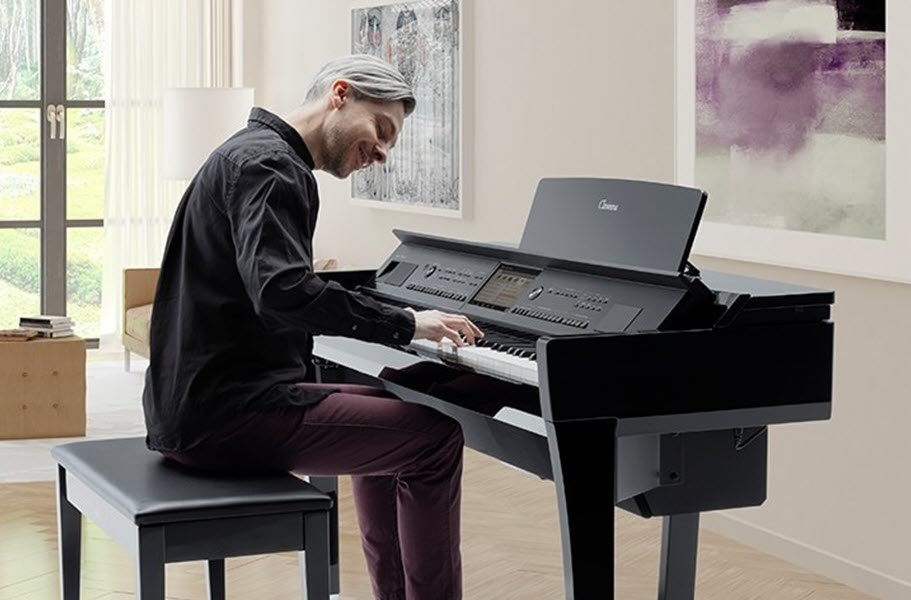Moving a piano is a daunting task that requires careful planning, strength, and skill. Whether you’re moving a grand piano or an upright, deciding between hiring professional piano movers or handling it yourself can make a significant difference in safety, cost, and stress levels. Let’s explore the advantages and drawbacks of each option to help you make the right choice.
Hiring Professional Piano Movers
Advantages
- Expertise in Piano Handling
Professional piano movers are trained to handle the delicate and heavy nature of pianos. They understand the proper techniques and use specialized equipment to protect both the piano and your property. - Safety First
Moving a piano involves navigating tight spaces, stairs, and doorways. Professionals minimize the risk of injuries to you or others and damage to your piano or home. - Insurance Coverage
Reputable piano moving companies provide insurance, ensuring your valuable instrument is protected in case of accidents or damage. - Time and Effort Savings
Moving a piano is time-intensive and physically demanding. Professionals streamline the process, saving you hours of labor and worry.
Disadvantages
- Cost
Hiring professional piano movers can be expensive, especially for long-distance moves or larger pianos. However, this cost often outweighs the risks of damage or injury. - Scheduling Flexibility
You’ll need to coordinate with the movers’ availability, which may not always align with your timeline.
DIY Piano Moving
Advantages
- Cost Savings
If you have the necessary equipment and a group of strong, willing helpers, DIY moving can save you money. - Flexible Timing
Moving the piano yourself allows you to work at your own pace, without being bound by a company’s schedule.
Disadvantages
- High Risk of Damage
Pianos are delicate instruments with intricate mechanisms. Without proper equipment or expertise, you risk damaging the piano, your home, or both. - Injury Hazards
Pianos are heavy, often weighing 300–1,000 pounds. Improper lifting techniques can lead to serious injuries, including back strain and muscle tears. - Specialized Equipment Needed
Moving a piano requires dollies, straps, padding, and sometimes a moving truck with a lift gate. Renting or purchasing these tools adds to your costs. - Lack of Expertise
Without experience, navigating stairs, tight corners, or uneven surfaces can be extremely challenging.
Key Factors to Consider
1. Piano Type and Size
- Grand pianos are more complex and heavier to move than uprights, often requiring professional expertise.
- Smaller upright pianos may be easier to move with sufficient manpower and tools.
2. Distance of the Move
- For short-distance moves, DIY may be manageable with proper preparation.
- For long-distance moves, professional movers are better equipped to ensure safe transport.
3. Budget
- Compare the costs of hiring movers versus renting equipment and assembling a team of helpers. Don’t forget to factor in potential repair costs if something goes wrong during a DIY move.
4. Safety Concerns
- Consider the physical risks involved for you and your helpers when lifting and transporting a heavy piano.
Conclusion
If you value safety, convenience, and the long-term condition of your piano, hiring professional piano movers is often the best choice. Their expertise and specialized equipment make them worth the investment. However, if you’re on a tight budget, have a smaller piano, and are confident in your ability to handle the move with care, DIY moving could be an option.
Ultimately, the decision depends on your priorities, resources, and the complexity of the move. No matter which route you choose, ensure you plan thoroughly to protect your piano and yourself during the process.










Leave a Reply